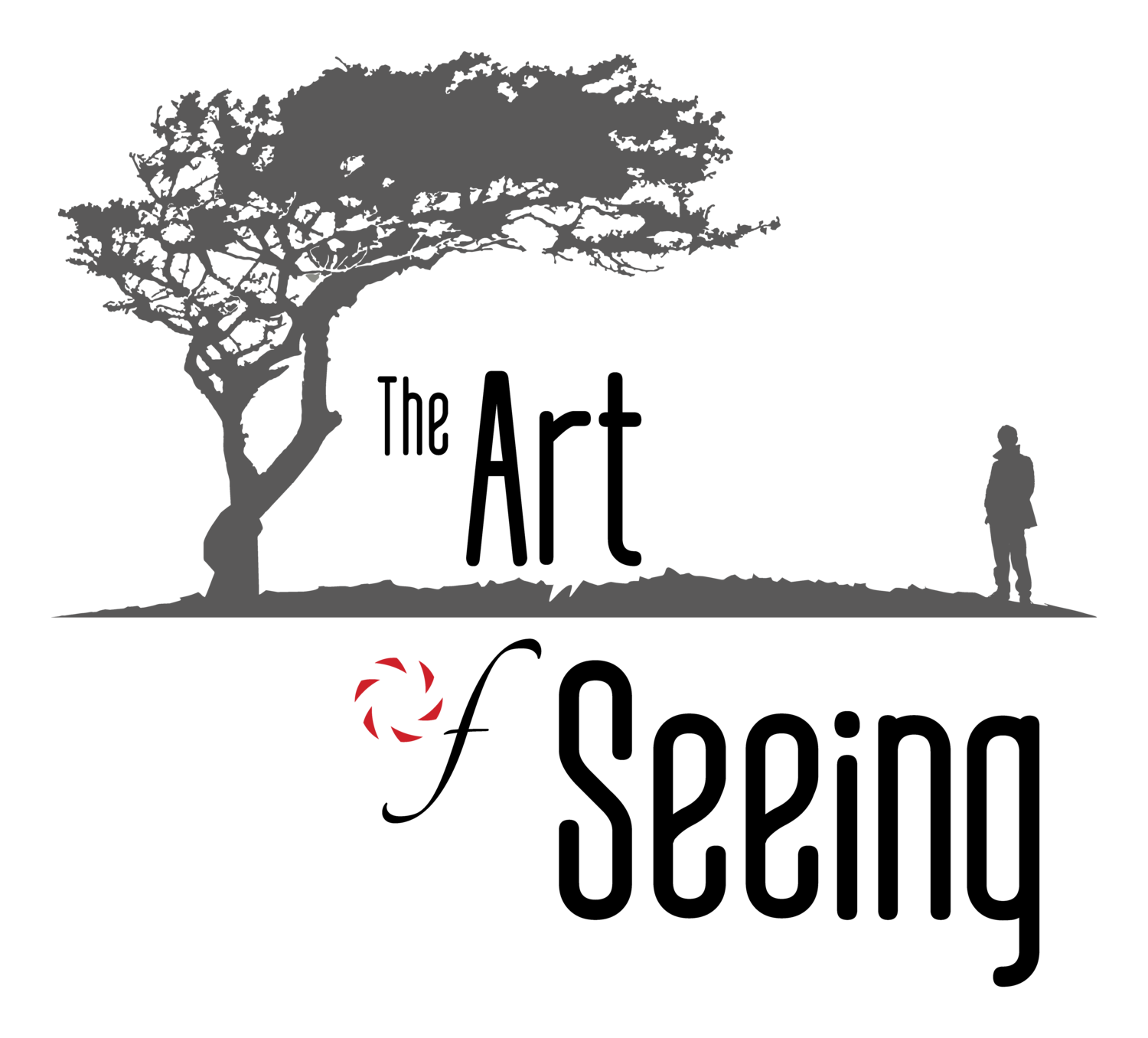Photo Tip: Look at Small Images to See the Big Picture
I got a new camera recently that has a beautiful large high resolution LCD screen for previewing images. I see much more detail in this new display than the one in my old camera, but in some ways I miss the "postage stamp" size screen of my previous system. That's because looking at a small image often helps you better see the overall composition of a photograph. Since you can't see much detail, what you are left with is the overall 'shape' of the picture. What I mean is that the pattern of highlights & shadows, dominant colors, and shapes becomes much more obvious when you look at smaller versions of images. You can use this fact to fine tune your compositions in the field. Simply shoot one frame and bring up the image on your camera's screen (this works best when using a tripod). Now try to evaluate the composition from a global perspective. Trust your first impressions. Does the composition feel balanced? Is there a clear subject or does it get lost against the background? Are there any unintentionally distracting bright areas in the frame? If you are having a hard time seeing the overall composition, try stepping back from the screen or bring up the histogram display which further shrinks the size of your image on screen.
Looking at small images is also particularly useful when you are trying to select your best images from a photoshoot. When I was shooting film, I would scan the slide pages on a lightbox before breaking out the loupe. Now that most of us have gone digital, I suggest using your software to view your images as 'thumbnails' during the initial edits.
The pictures that jump out at you at this size will almost always be your strongest compositions. You can also use a variation of this technique when you are working on individual images. It's easy to lose the forest for the trees after spending some time burning, dodging, color correcting and making contrast adjustments. To regain perspective, try shrinking the image on screen and stepping away from the monitor. Better yet, take a break and leave the room. When you return, quickly glance at the screen. Your initial impression will give you a good idea if you are on the right path or if you took a wrong turn somewhere.
